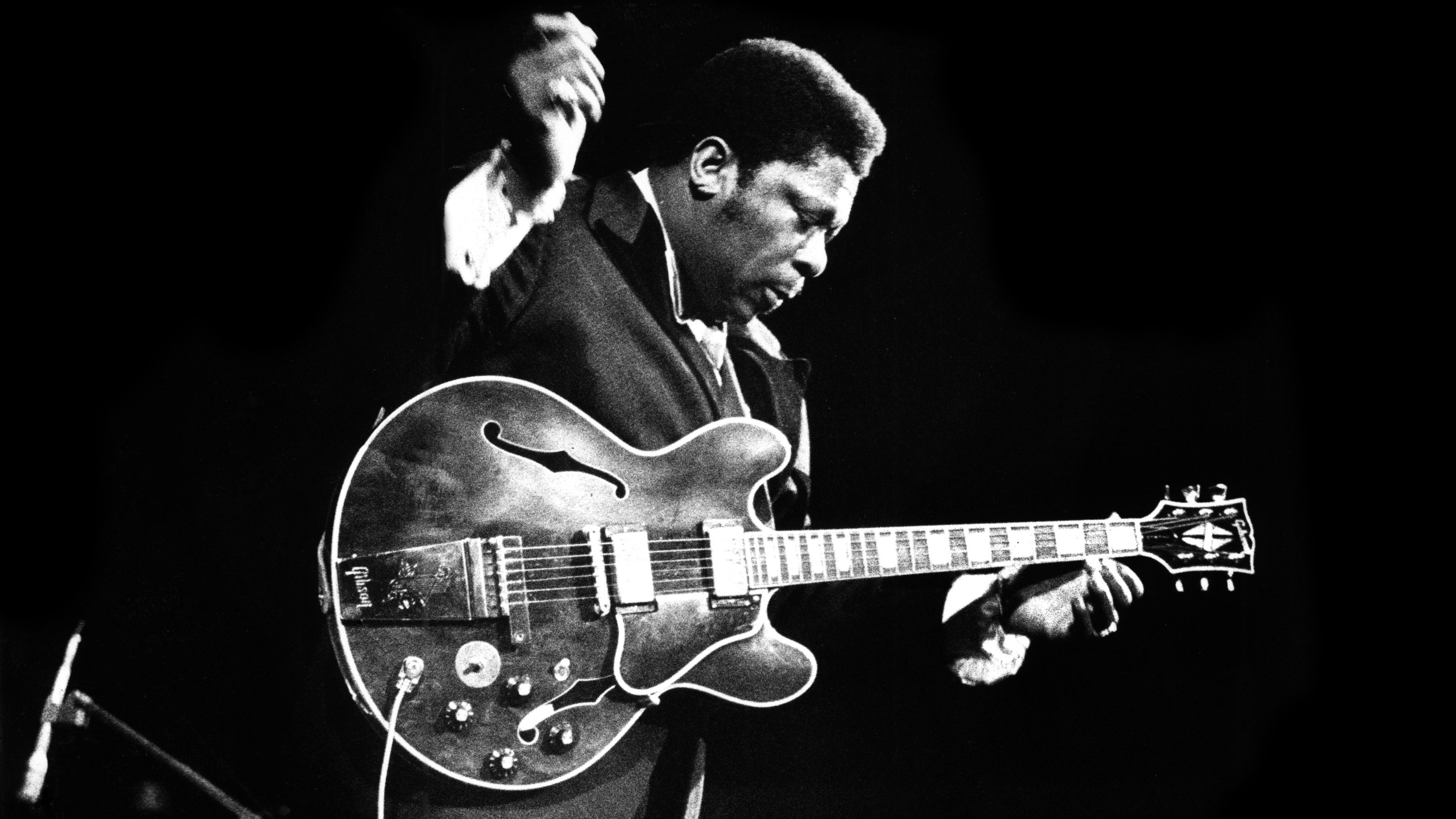This is an excerpt from 25 Guitar Scale Hacks, check out the full eBook here.
If you’re getting into blues soloing, you’re probably already familiar with the minor/major pentatonic and blues scales. While these scales are of course the bread and butter of blues improvisation, it’s worth considering the Mixolydian mode and working back from it. The Mixolydian scale, with a few tweaks, gives you all the above options, as well as being a great way to break into soloing over changes.
Here’s the Mixolydian scale where you’d expect to find A Minor/Major pentatonic; in fact, you’ve got most of the notes from those scales with the exception of the b3.

Since the most interesting blues playing is based on blending the minor/major pentatonic scales, why not start with the Mixolydian scale, which pretty much contains both of them?
The only thing that’s missing is the b3 but in blues it’s the interplay between the major and minor third that creates that bluesy sound, which you can exploit with this pattern.

The black arrows are the minor third, which you’ll want to bend to varying degrees toward the major 3rd. You won’t want to land directly on the natural 3 because it won’t sound very bluesy, so I marked the minor 3rd with arrows to encourage you to approach the major third without playing it explicitly.
You can also throw in the blue note itself (the b5) for good measure:

The idea here is to practice blending the minor/major pentatonic and the blues scale using the framework of the Mixolydian mode. If you want to take this a step further, change Mixolydian scales as the chords change and apply this idea to patterns you know in other places on the neck.



